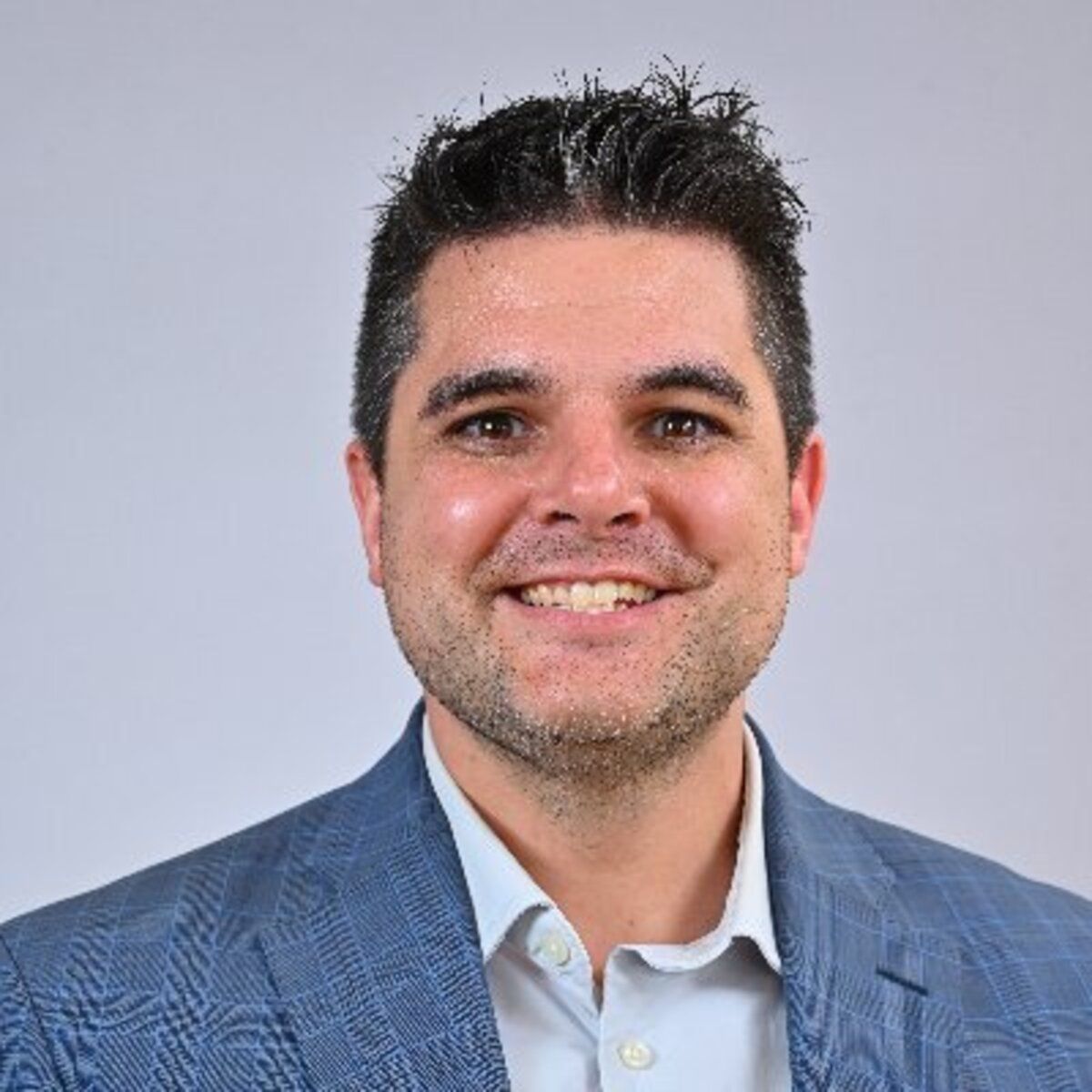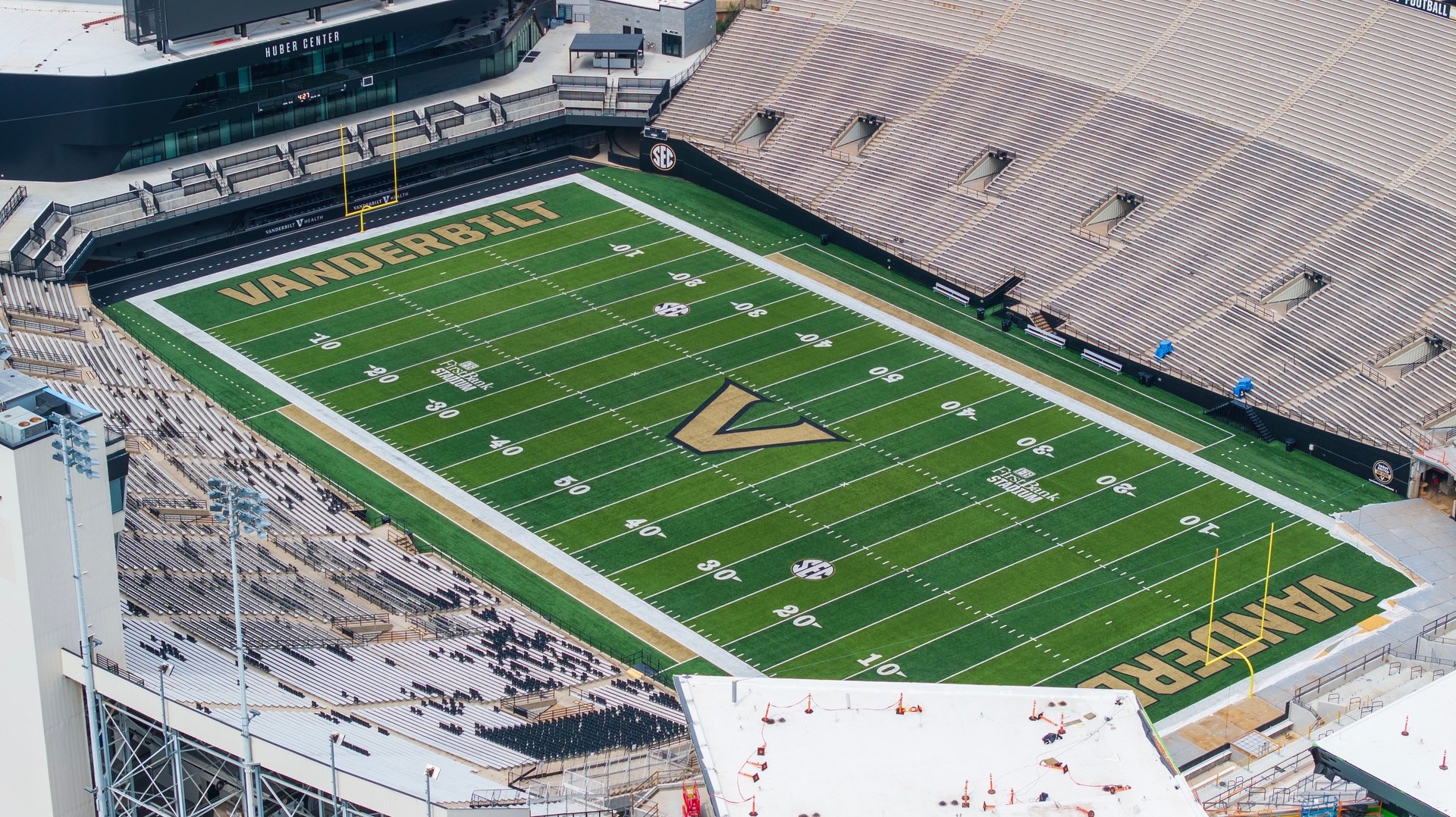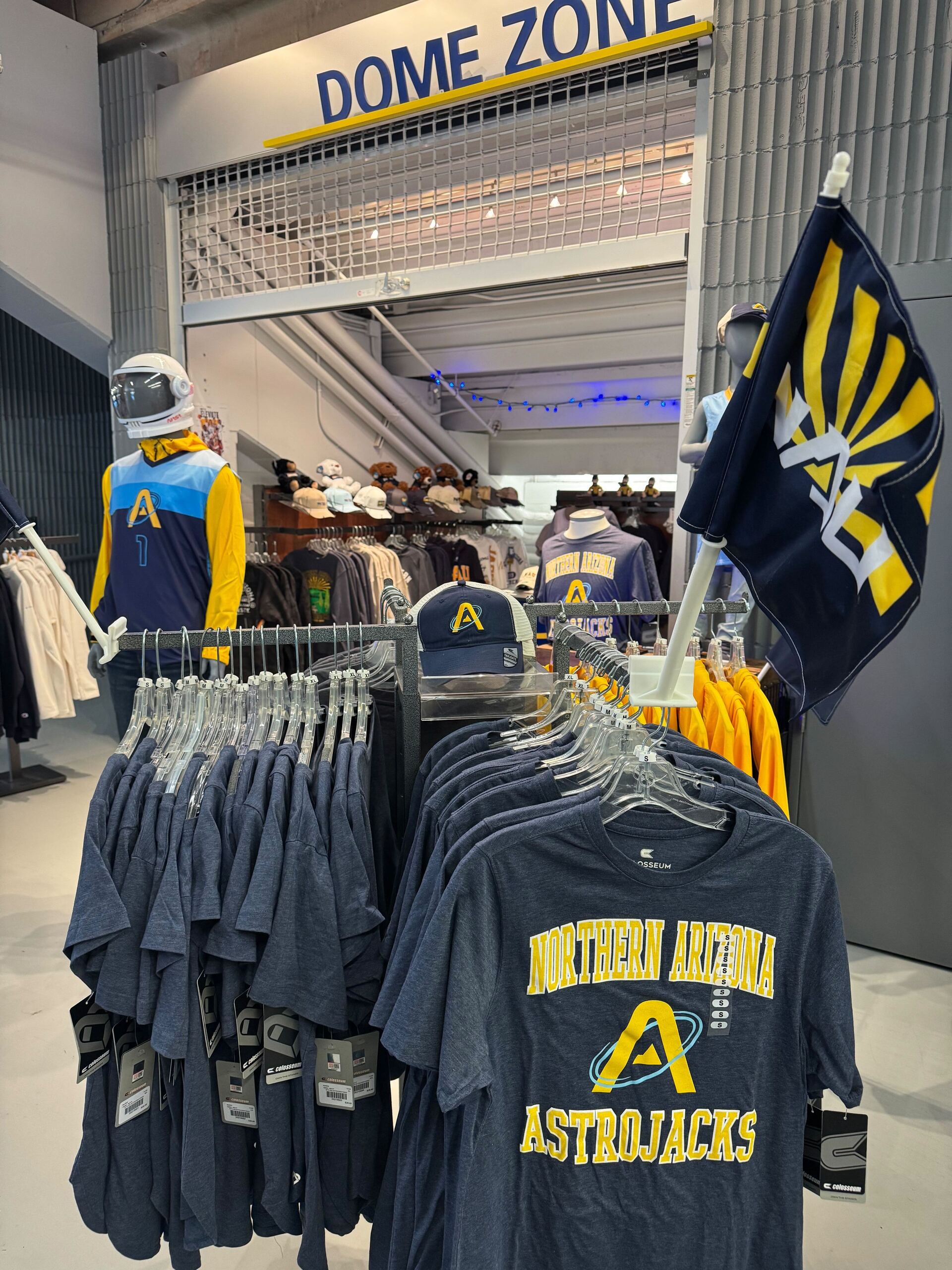Good morning, and thanks for spending part of your day with Extra Points.
I’m flying back from Columbus this morning, and am probably going to need to take a nap when I get home. So while I’m getting resettled, I’m happy to turn the time over today to Tim Derdenger, a marketing professor at Carnegie Mellon, who had an interesting way of thinking about the NIL era….
The NIL paradox: College football games are closer than ever, but at what cost?
by Tim Derdenger
I live and breathe college football. I’m also a marketing professor, an economist, and a former college scholarship golfer. When name, image and likeness (NIL) rights were implemented in college athletics in 2021, I had to find out how this would affect the athletes and the sports. The immediate consensus was one of alarm: NIL would accelerate the competitive imbalance, creating a “caste system where the rich will get richer and the poor get poorer,” according to one critic, former Alabama coach Nick Saban. For college football, the prediction was that the wealthiest, most powerful programs would simply buy up all the elite talent.
But while NIL critics like Saban, Kirk Herbstreit and others may know football, they don’t have the data.
In August, I published a paper with Ivan Li from the University of Texas, Dallas, titled “Does Personalized Pricing Increase Competition?: Evidence from NIL in College Football.” Our research told a different story from the one the football insiders were talking about. We examined pre- and post-NIL recruitment patterns and delivered a clear, counterintuitive conclusion: The policy change has led to a notable increase in the dispersion of talent.
This is perhaps the most significant outcome of the NIL era for college sports fans, administrators and future players alike. It explains why college football Saturdays feel more unpredictable — and it highlights a profound, potentially troubling trade-off athletes are making in this new environment.
Every Saturday feels like a trap game
We don't need a deep dive into advanced metrics to feel this parity; we see it every week. Look at the 2025 Week 8 schedule: Undefeated No. 2 Miami faced Louisville as a 13.5-point favorite but fell to the Cardinals in a thrilling 24-21 loss, one of the week's biggest surprises.
When No. 10 LSU went to Nashville to face No. 17 Vanderbilt, the Commodores were a 2-point favorite. Vanderbilt validated that prediction with a dominant performance, dismantling the Tigers, 31-24. Or consider the Big 12 showdown between No. 7 Texas Tech and unranked Arizona State: Texas Tech was favored by 6.5 points, yet ASU came away with an upset win (26-22).
The first half of the season delivered a cascade of upsets that reshuffled the college football landscape. Sportsbooks are predicting tight margins because the talent that traditionally separated the elite from the rest is genuinely spreading out. That behavior surprised us; contrary to the idea that top programs would hoard talent in the NIL era, five-star recruits are increasingly choosing schools with worse historical performances. These foundational building block players are now statistically less likely to attend top-10 or top-25 schools, compared to the pre-NIL era.
Why? Our study determined that the probability of a five-star athlete being drafted into the NFL stands at 65.5 percent, meaning the difference in prestige or long-term player development between elite programs is negligible. Such players’ choices are driven instead by maximizing immediate financial opportunity.
Subscribe to Premium to read the rest.
Become a paying subscriber of Premium to get access to this post and other subscriber-only content.
UpgradeA subscription gets you:
- FOUR newsletters a week
- Access to every single article in our archives
- Access to Athletic Director Simulator 4000
- Free digital copy of the What If? ebook
- TWO MONTHS FREE compared to monthly pricing


















